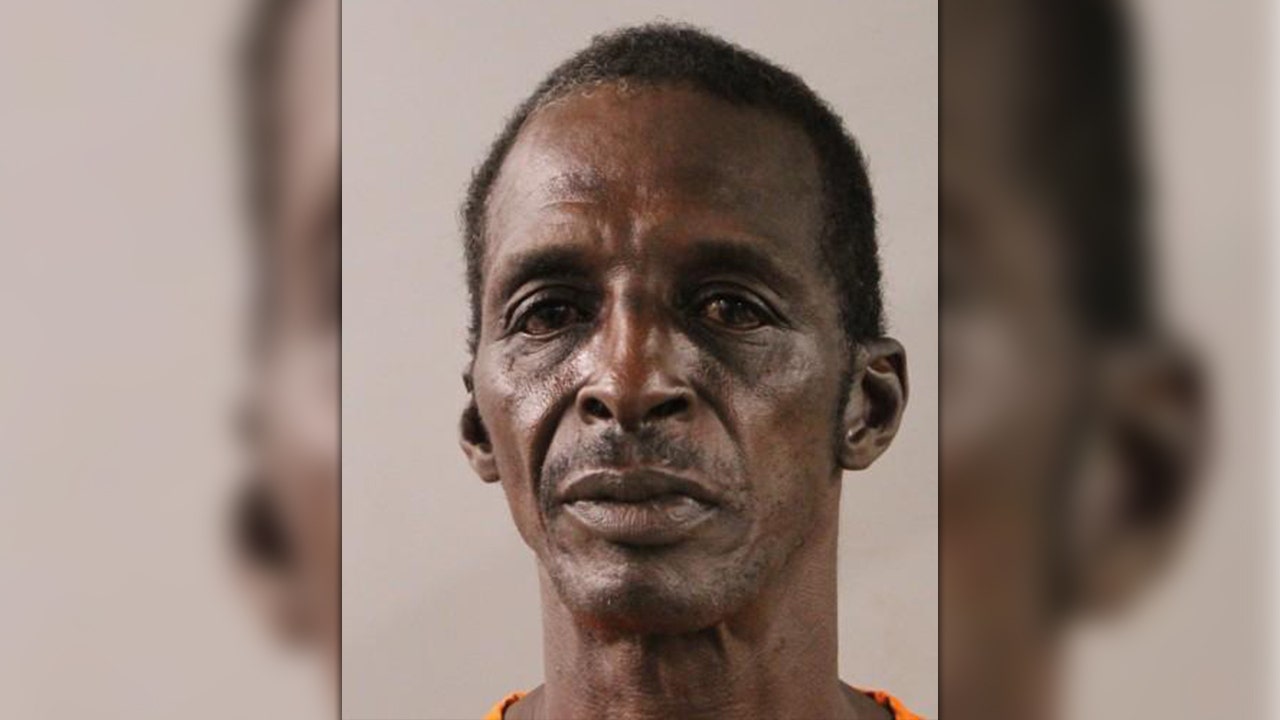Officials shared new details regarding the timeline of the assassination attempt against former President Donald Trump and additional background on the shooter during a Senate hearing Tuesday.
U.S. Secret Service acting director Robert Rowe, who took over as head of the agency following the resignation of Kimberly Cheatle last week, called the shooting a “failure on multiple levels.”
“I will not wait for the results of those findings to assess where we failed that day, and will continue to take immediate steps to ensure we do not repeat those failures,” Rowe testified before the Senate Judiciary and Homeland Security committees, in reference to the multiple investigations into the assassination attempt.
The shooting at a Trump rally on July 13 in Butler, Pa. sent a shock through the nation, inciting calls for accountability in the Secret Service tasked with protecting the 45th President. While officials ultimately neutralized Thomas Matthew Crooks, the 20-year-old assailant, Rowe said he could not understand “why there was not better coverage or at least somebody looking at that roofline when that’s where they were posted.”
Officials have not yet identified a motive, Federal Bureau of Investigation (FBI) Deputy Director Paul Abbate said. There is currently no evidence that the shooter acted with any co-conspirators.
Here’s the information we learned during the Senate hearing on July 30.
Crooks’ timeline leading up to the shooting
Abbate said that investigations remain ongoing and details could be refined, but shared a current working timeline of events on the day of the Trump assassination attempt.
Crooks registered to attend the Butler, Pa. Trump rally on July 6. That day, he Googled, “How far was Oswald from Kennedy,” referencing the man who shot President John F. Kennedy in 1963 in Dallas. The following day, Crooks visited the Butler farm area where the rally was set to take place, which Abbate says shows Crooks was planning in advance.
The rally was held on July 13. At 1:30 p.m. that day, Crooks’ father gave his son a rifle which he believed Crooks would use at a sportsmen’s club, Abbate said. Some 25 minutes later, the shooter bought ammunition while traveling to the Trump event.
Read More: What We Do and Don’t Know About Trump’s Ear Wound
At 3:51 p.m., Crooks flew a drone some 200 yards from the Butler farm show grounds. Rowe testified that a counter-drone system wasn’t used that day because of connectivity issues. “On this day in particular, because of the connectivity challenge … there was a delay,” he said. If the system had been employed, “We could have perhaps stopped him,” Roe said.
Local SWAT officers first observed the assailant near the American Glass Research (AGR) building where the shooting took place at around 5:32 p.m., Abbate said. At 5:38 p.m., a photo of the shooter was sent in a text message group with local SWAT operators. Rowe later said that information regarding the shooter should have gone through a radio channel so that all officers had “situational awareness” of Crooks.
Officials temporarily lost sight of Crooks, during which the shooter pulled himself onto the rooftop of the AGR building. By 6:08 p.m. local law enforcement saw the shooter on the roof, and a local police officer radioed in that Crooks had a long gun. In the next 30 seconds, some eight shots were fired, according to the number of shell casings found by law enforcement.
A possible social media account
The FBI recently uncovered a social media account that they believe is associated with Crooks, according to Abbate. That account had more than 700 comments that “appear to reflect antisemitic and anti-immigration themes to espouse political violence and are described as extreme in nature,” Abbate said.
Officials are still working to verify that the account belonged to Crooks, but Abbate said it was important to share these new details because of the lack of information regarding Crooks’ motive.
Lack of communication between local and federal officers
Officials testified that information regarding the armed assailant was siloed in local law enforcement channels, barring federal agents from being proactive against Crooks.
Rowe said that the Secret Service was aware that local officers “were working an issue at the three o’clock—which would have been the former president’s right-hand side,” but did not receive information about the specific threat at hand. “No information regarding a weapon on the roof was ever passed to our personnel,” Rowe said. He claimed that the Secret Service assumed that local law enforcement were handling the situation.
Democratic Sen. Gary Peters of Michigan said that local law officials said they could only call in to a state command center and could not communicate directly with the Secret Service. Rowe said that he was working to “figure out the interoperability” between local and federal officers.





















Discussion about this post